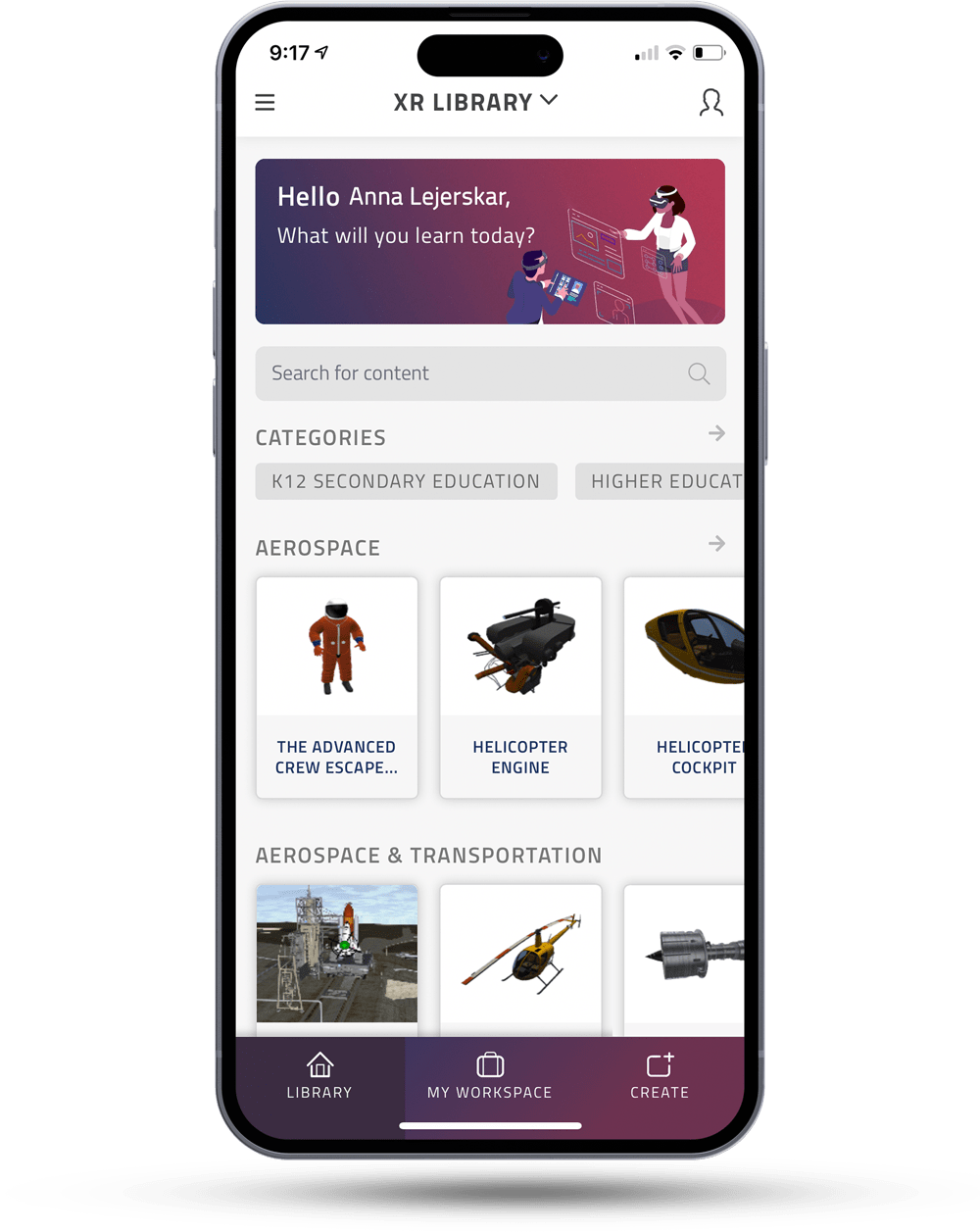We recently came across a particular white paper written by Professor Dr. Anne Bamford, Director of the International Research Agency, discussing the importance and benefits of 3D in the classroom. As you all know, here at EON we are HUGE proponents of incorporating interactive 3D technologies within education, and Dr. Bamford’s research best explains why doing so is so important.
She brings up some great points about today’s generation, including how most- if not all- young people are “digital natives”, and that most children are visible learners. Don’t believe it? Here are some impressive statistics:
- 90.1{0fab034ea82b07661647ea8532e9066bcdd529bddfd482414d4493f90063c904} of students have a computer
- 85.3{0fab034ea82b07661647ea8532e9066bcdd529bddfd482414d4493f90063c904} have had at least one mobile phone
- 74.6{0fab034ea82b07661647ea8532e9066bcdd529bddfd482414d4493f90063c904} own handheld games
- Over 91{0fab034ea82b07661647ea8532e9066bcdd529bddfd482414d4493f90063c904} of students are online for at least one hour per day
And then of course there’s also the undeniable impact that 3D seems to have on students’ academic results. According to her research:
…Under experimental conditions, 86{0fab034ea82b07661647ea8532e9066bcdd529bddfd482414d4493f90063c904} of pupils improved from the pre-test to the post-test in the 3D classes, compared to only 52{0fab034ea82b07661647ea8532e9066bcdd529bddfd482414d4493f90063c904} who improved in the 2D classes. Within the individuals who improved, the rate of improvement was also much greater in the classes with the 3D. Individuals improved test scores by an average of 17{0fab034ea82b07661647ea8532e9066bcdd529bddfd482414d4493f90063c904} in the 3D classes, compared to only an 8{0fab034ea82b07661647ea8532e9066bcdd529bddfd482414d4493f90063c904} improvement in the 2D classes between pre-test and post-test.
These findings are also supported by the fact that 100{0fab034ea82b07661647ea8532e9066bcdd529bddfd482414d4493f90063c904} of teachers agreed that 3D animations in the classroom not only enabled students to learn better, but also increased their attention span, led them to be more motivated, and resulted in higher engagement (87{0fab034ea82b07661647ea8532e9066bcdd529bddfd482414d4493f90063c904} of students found learning in 3D to be more interesting). If those numbers aren’t impressive, we don’t know what is.
Want to know more? We highly encourage you to look up Professor Bamford’s full study here. And if you’re ready to incorporate 3D into your classroom but aren’t sure on how to do it, the paper will give you some fun ideas on how to start using 3D (and of course, we can definitely provide you with the tools you need to start your 3D classroom today). Enjoy!



















